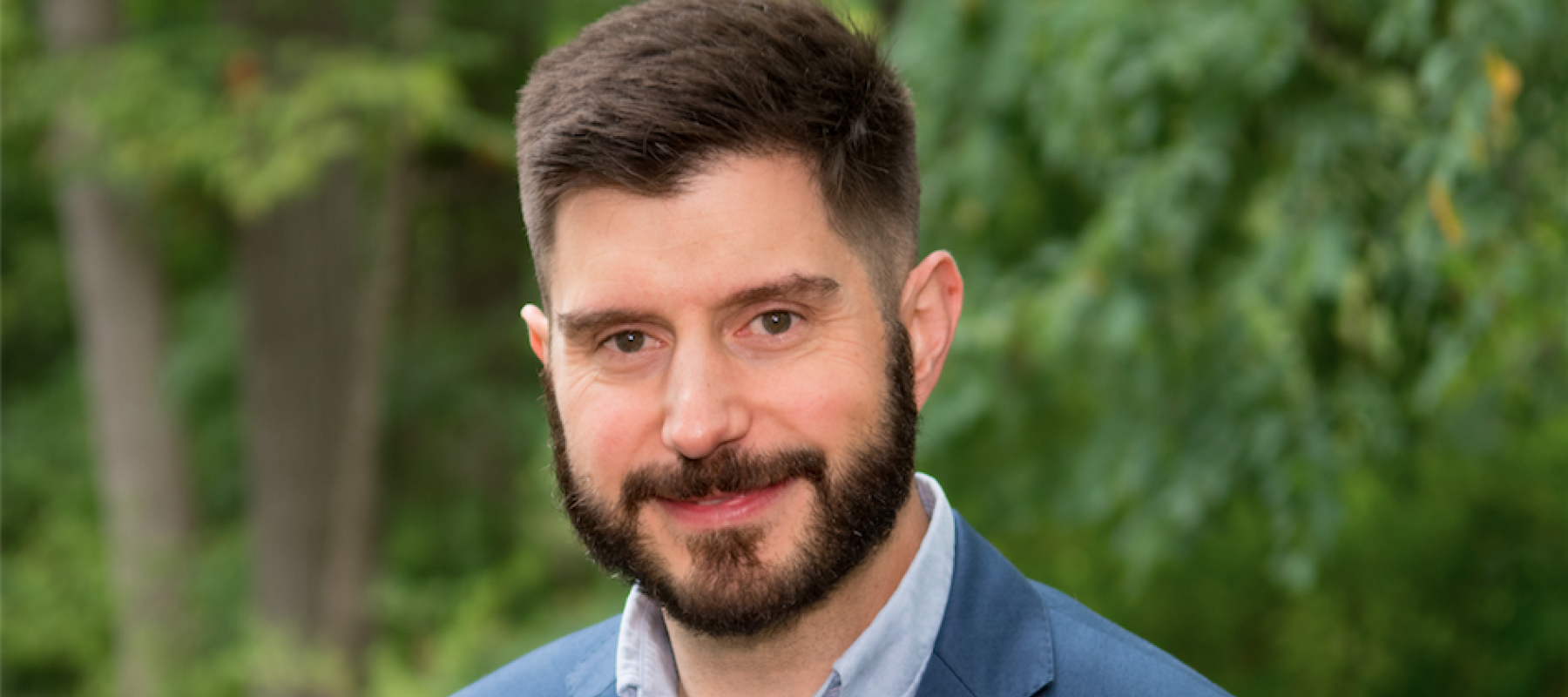
Cantwell Co-Authors Unequal Higher Education: Wealth, Status, and Student Opportunity
Dr. Brendan Cantwell, Associate Professor and Coordinator of the HALE program, co-authored a book that offers a research-based perspective on the organizational dynamics of inequality in higher education.
The United States (U.S.) higher education system is characterized by contradictions: accessibility for diverse student populations and steep stratification amongst organizations, which can negatively impact students’ opportunities. Dr. Cantwell, associate professor and program coordinator of higher, adult, and lifelong education (HALE), and Dr. Barrett Taylor, associate professor of higher education at the University of North Texas, wrote Unequal Higher Education (2019, Rutgers University Press) for professors and graduate students in higher education, social scientists studying education, and policy makers and analysts. The book is primarily concerned with analyzing what kind of higher education we have in the United States, and how to articulate an achievable vision for the type of higher education we want.
Dr. Cantwell and Dr. Taylor are long-term friends, intellectual partners, and research collaborators. Their book evolved from years of conversations and work on stratification and inequality in higher education. They both were influenced by Thomas Piketty’s Capital in the Twenty-First Century and were interested in how higher education might be implicated in promulgating inequality. Within this work, they sought to examine organizational dynamics of inequality in higher education over individual experiences and outcomes within the system. They recognized there were few good ways to conceptualize and measure inequality among higher education organizations. Rankings produce indices that are flawed, and the Carnegie Classifications are more descriptive than analytical. In response, they conceptualized sources of inequality in higher education through a review of history, research, and theory, and devised a quantitative model to measure it. They found growing inequality among colleges and universities and then considered how organizational stratification shapes students’ opportunities. They argue widening inequality – especially detreating conditions among the sorts of public institutions that serve low income students and communities of color – limit the opportunity that is available through higher education. In other words, they find U.S. higher education provides lots of access but more limited opportunity.
By engaging with their work, Dr. Cantwell and Dr. Taylor hope readers will recognize the importance of organizations, both individually and collectively, and give closer attention to the overall inventory of higher education organizations. They argue price is not the only determinant of value for students and urge readers to think about how organizational and operational stability influences student opportunity. Addressing this challenge will require not only smart policy but also a new social and political approach to higher education. Broad social commitment – in terms of monetary investment, social support, and political will – is needed to ensure that all students have good opportunities.



